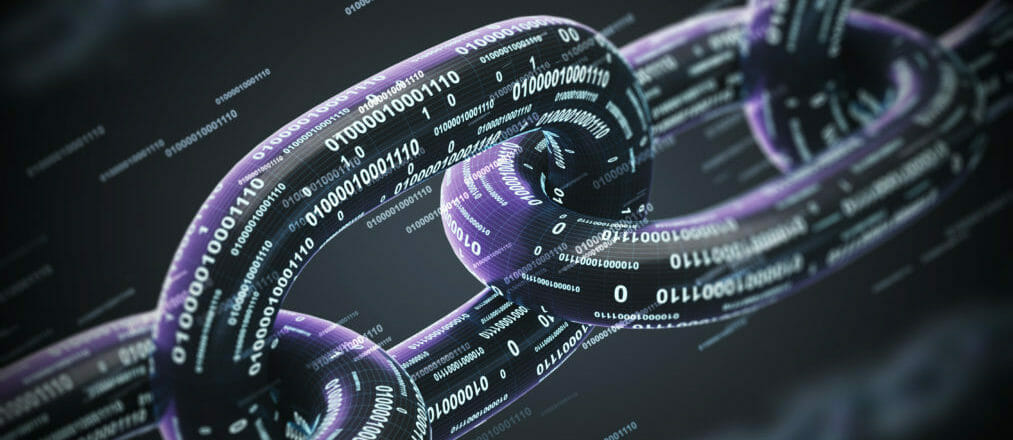Decentralized architectures are revolutionizing the world of technological developments that will soon be available to people. It is no exaggeration to say that these advances will change the traditional ways of protocol designs.
The evolution of blockchain technology remains unstoppable, with numerous forms of application development with decentralized architectures. Leveraging blockchain technology enables the next generation of applications to be more advanced. The latter covers areas such as security, transparency and greater efficiency.
Thus, all these architectures are progressively integrated into areas of great interest. The latter include the world of finance, games, digital identity and social networks. The future of these architectures presents itself as a real challenge for the expected decentralized response to surveillance.
Next Generation Blockchain Applications Challenges
The next generation in the world of blockchain applications faces a path full of great obstacles to overcome. During these first years of experiments in so-called decentralized finance, these protocols had their positive and negative points. Either way, it is an extremely valuable experience.
Taking the lessons from this stage, the new decentralized architectures have the mission of solving the gaps that were left along the way. These include scalability, the big problem with multipurpose blockchains. Consequently, the efficiency of this technology has a negative side and the high cost of scaling them.
On the other hand, there is the problem of interoperability. Most blockchains operate as islands with few or no connections to the rest of the networks. Thus, it is an unpleasant experience for users when they want to use their capital to take advantage of applications that do not share the same network.
Probably the biggest headache for blockchain applications pertains regulations. The regulatory framework is developing at best. However, in most cases, the authorities have no idea how to approach this sector.
Importance of Blockchain in Decentralized Architectures
The lack of regulation and the technology’s internal problems (scalability and interoperability) do not mean it should be discarded. In fact, decentralized architectures need to be complemented with the blockchain to improve some key aspects.
The first of them is security. It is worth emphasizing the fact that the information stored on the blockchain is immutable and completely resistant to manipulation. Thus, architectures have a powerful shield for their operating options.
Another aspect that cannot be missed is transparency. Contrary to belief, blockchain technology is completely transparent, allowing you to track the operations of the applications and the entire mechanism that keeps them in motion. All data stored on the blockchain is public and anyone has access to it and can track it.
The exclusion of third parties or intermediaries in the operation of blockchain applications is another of the great advantages. This allows decentralized architectures to be decentralized in the strict sense of the word. In addition, operation is fast and economical. Currently, there are advanced cases of these new architectures such as Hive, Steem, Cent, Minds, Enjin and others.
Use Cases of Decentralized Apps
There are numerous use cases in the world of decentralized applications. On these, all the developments based on the new architectures are being launched. Consequently, it will not take long for new finance, gaming or social media protocols to be available to people around the world.
There are many challenges, but the path of technological development is assured. When the way is cleared, they will have a wide range of real-life applications. Such is the case of preventive medicine within everyone’s reach and with an effective and immediate response.
By Audy Castaneda











